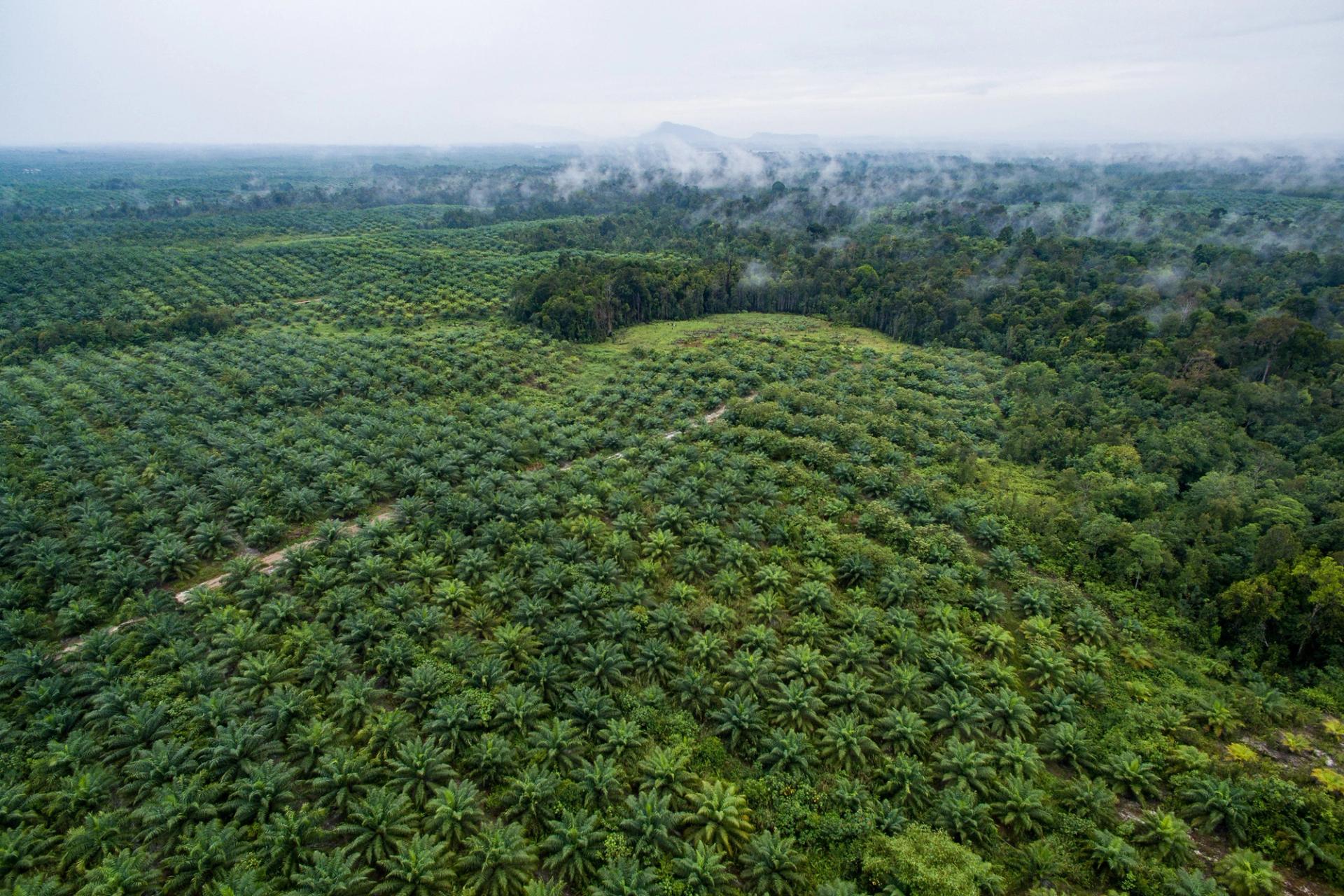Blog
The 2024 elections will be crucial for Indonesian forests: what can we learn from Norway’s anti-deforestation support?

This blog was originally published on the “Indonesia at Melbourne” blog, by the University of Melbourne. It is reproduced here with permission.
Environmental groups are stressing the the importance of the 2024 elections for the future of Indonesia’s forests. The Madani Foundation recently expressed concerns about the fragility of the country’s environmental performance, citing links between past deforestation and changes of government.
And for good reason. While Indonesia’s primary deforestation rate has reduced since the fierce forest fires of 2015–2016, it remains among the world’s highest. Recent investigations have pointed to deforestation caused by the Food Estate Programme, which was intended to improve food security, but has been accused of mismanagement and the clearing of forest land without proper environmental assessments. The project was led by presidential candidate Prabowo Subianto of the Gerinda party, now Minister of Defense and a candidate in next year’s presidential elections.
A history of plunder
This is certainly not the first time Indonesia’s forests have been under attack. Their vast scale and rich biodiversity have meant they have long been coveted sources of wealth. Revenues from the lucrative East–West spice trade motivated the Portuguese and Dutch to colonise the Spice Islands from the sixteenth century. After the Second World War, newly independent Indonesia leaned heavily on its forests to support economic development and state-building goals.
Indeed, managing commercial incentives is one of the main challenges in addressing deforestation across the archipelago. Incomes from Indonesia’s forests are huge, counted in the billions of dollars. Politicians and business leaders alike have few incentives to curtail forest loss or limit agribusiness, infrastructure, or mining developments. Indeed, official plans stress high activity in all these economic sectors.
Results-based funding
In recognition of this situation, Norway’s government has, over the past decade, supported Indonesia to reduce deforestation, through a scheme called REDD+, or Reducing Emissions from Deforestation and Forest Degradation. Essentially, the idea was to pay Indonesia not to cut down trees – but only after it demonstrated a commitment to this goal through concrete actions. Norway’s intention was to pay for actual results, not the promise of them.
In 2021, the Indonesian government terminated the REDD+ deal with Norway, citing Norway’s failure to pay up on emissions reductions achieved under the program’s results-based funding agreement. The Norwegian government had agreed to pay US $56.2 million for results achieved under the terms of the original REDD+ deal but one study suggested Indonesia could have claimed up to US$434.5 million.
In September 2022, the two governments unveiled a new agreement in the leadup to COP27, however, the new deal is lower in ambition and lacks clear financing commitments.
So, what can we learn from Norway’s anti-deforestation support to help protect Indonesia’s forests in the future? My research points to four main lessons and a couple of reform areas.
First, opposition to REDD+ in Indonesia was sizable and hampered the schemes’ success. Some communities worried the scheme could lead to landgrabs, while provinces and line ministries were concerned about losing existing forest revenues and powers.
Second, implementing REDD+ projects meant navigating a range of highly contentious issues, from ancestral land rights to revenue sharing arrangements. Although, in theory, implementors had tools and methods at their disposal to resolve these issues, in practice they often struggled to do so when faced with political pressures at project sites.
Third, REDD+ projects involved some bad outcomes for people and communities, ranging from dubious land demarcation exercises to increased social conflicts between communities and authorities. Examples abound, including villagers waking up to find new boundaries placed under their homes by officials.
Fourth, although REDD+ likely helped dampen deforestation post-2015/2016 – mainly through a moratorium on forest conversions – its impacts were not as great as initially hoped. Attributing the post-2015/2016 dip in Indonesia’s deforestation rate solely to REDD+ is also unwise, since a range of other factors were at play, including wetter than average conditions that kept forest fires at bay.
Where to from here?
Keeping Indonesia’s primary deforestation rate on a downward trajectory in the future will not be easy. To support this goal, Norway and others will need to pay more for forest carbon than they have in the past.
Ultimately, however, Indonesia’s extractive approach to forests can only be changed by a different kind of domestic politics. To this end, would-be reformers should pay more attention to how its political campaign finance system incentivises extractive economic development rather than a more sustainable economic approach. Since political parties in Indonesia charge prospective candidates large sums for their backing, many candidates turn to agribusiness and mining firms to bankroll their campaigns. Favorable decisions are often expected in return once candidates are elected.
As the 2024 elections draw closer, political elites will begin transacting for control over Indonesia’s land and natural resources again. With the escalation of money politics and a weakened REDD+ deal, the incentives for keeping Indonesia’s forests standing are increasingly muddled, which means the future of Indonesia’s forests hangs in the balance once again.
Disclaimer
All views in this text are the author(s)’, and may differ from the U4 partner agencies’ policies.
This work is licenced under a Creative Commons Attribution-NonCommercial-NoDerivatives 4.0 International licence (CC BY-NC-ND 4.0)


